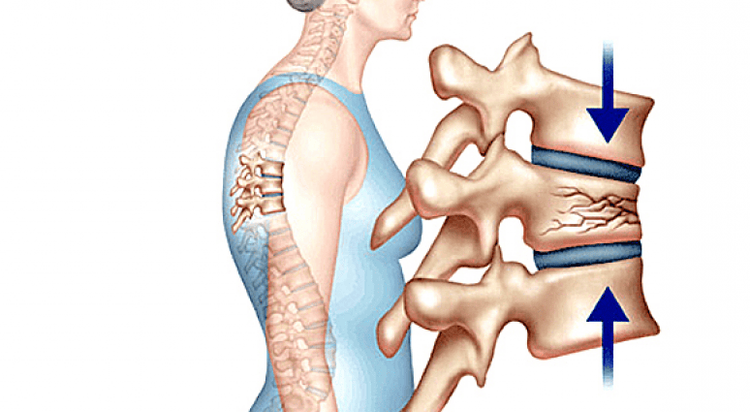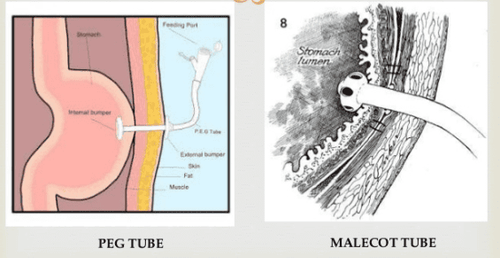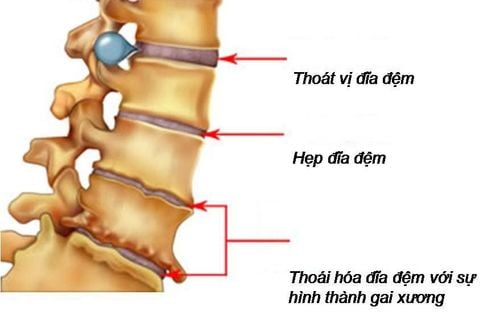This is an automatically translated article.
The article was professionally consulted by Specialist Doctor I Vo Cong Hien - Radiologist - Radiology Department - Vinmec Nha Trang International General Hospital.Osteoporosis is a common disease in the elderly, especially in post-menopausal women. There are many methods of treating vertebral collapse: external fixation, surgery, medical treatment, and spinal cementation. In which, the method of pouring cement to the spine under enhanced X-ray is a minimally invasive, fast, safe and effective method.
1. What is the technique of pouring cement to the spine under enhanced X-ray?
Spondylolisthesis causes pain, limitation of movement, and seriously affects the quality of life of patients. Treatment of vertebral collapse by percutaneous vertebroplasty, also known as vertebral cementation, is a technique of injecting bio-cement solution into the collapsed vertebral body through a catheter inserted through the skin under the guidance of X- Optical enhancement without the need for surgery. The purpose of this technique is to relieve pain, stabilize the vertebral body and stop bleeding preoperatively. Vertebral cementation is indicated in the following cases: Spondylolisthesis caused by painful osteoporosis, progressive vertebral body hemangioma, tumor lesions causing destruction of the vertebral body (vertebral metastasis with osteolytic form, multiple myeloma, eosinophil granuloma).The technique of pouring cement into the spine under X-ray has many advantages, but this is a minimally invasive technique (needle puncture <5mm on the skin) with high and sustainable treatment efficiency, hospital stay (patients only need to be monitored in the hospital for about 1 day), recover quickly. However, this method has the disadvantage that it needs to be conducted with the support of a television bright X-ray machine and the treatment cost is still quite high.

Xẹp đốt sống ảnh hưởng đến chất lượng cuộc sống của người bệnh
2. How to proceed to pour spinal cement under X-ray?
2.1 The emotionless method
Local anesthetic with 2% Lidocaine (2-10ml, depending on the needle puncture site).2.2 Steps to take
Place the patient on the projector table Place the intravenous line. Disinfect the skin of the collapsed vertebrae The doctor washes his hands, puts on a shirt, gloves, and a sterile dressing. Locate the vertebra that needs to be cemented, the puncture site, and the direction of the puncture. Local anesthesia Insert the needle into the vertebral body to be cemented Mix the cement and pour the mixed cement into the pumping device. Inject cement into the collapsed vertebra through the needle under the control of the light curtain. Withdraw the needle, tape the puncture site. The procedure is considered to have good results when the cement is diffused in the collapsed vertebral body, and the cement is not released outside the vertebral body. After waiting for the cement to harden completely (4 hours), the patient can get up and walk, reducing spine pain.
Với thủ thuật này, người bệnh cần được gây tê tại chỗ
3. Complications may occur during the procedure
Bleeding at needle puncture site Soft hematoma next to needle puncture site Cement spills into disc, perivertebral vein, epidural space. The technique of placing spinal cement under enhanced X-ray is a minimally invasive technique with high treatment efficiency and sustainability. On the other hand, this is a diagnostic technique that requires a high level of experience of the doctor and the perfect coordination of the patient. Therefore, to achieve high diagnostic efficiency, patients need to choose reputable addresses with x-ray machines and modern and standard medical equipment.Vinmec International General Hospital is a hospital with a full convergence of general and specialized doctors to perform, examine, operate, diagnose and treat diseases. In particular, at Vinmec, x-ray technology is also performed to examine and treat many different diseases and bring optimal treatment results to customers.
BSCK I Vo Cong Hien has many years of experience in the field of imaging, especially in diagnostic ultrasound for general abdominal diseases, advanced cardiac - vascular, obstetrics and gynecology. Doctor Vo Cong Hien used to work at the Imaging Department of the University of Medicine and Pharmacy Hospital - Hoang Anh Gia Lai before working at the Imaging Department of Vinmec Nha Trang International General Hospital.
Customers can directly go to Vinmec Health system nationwide to visit or contact the hotline here for support.













